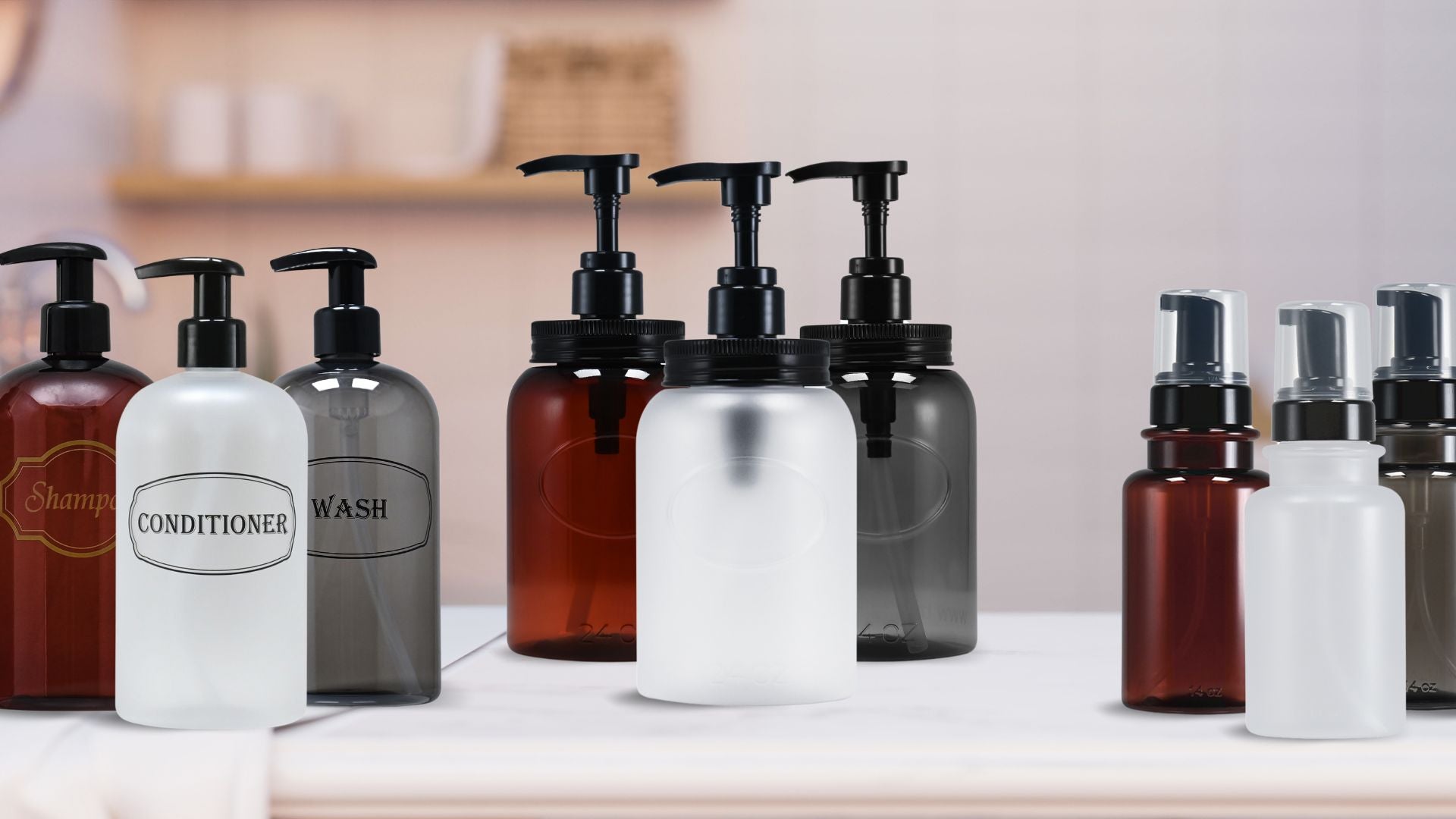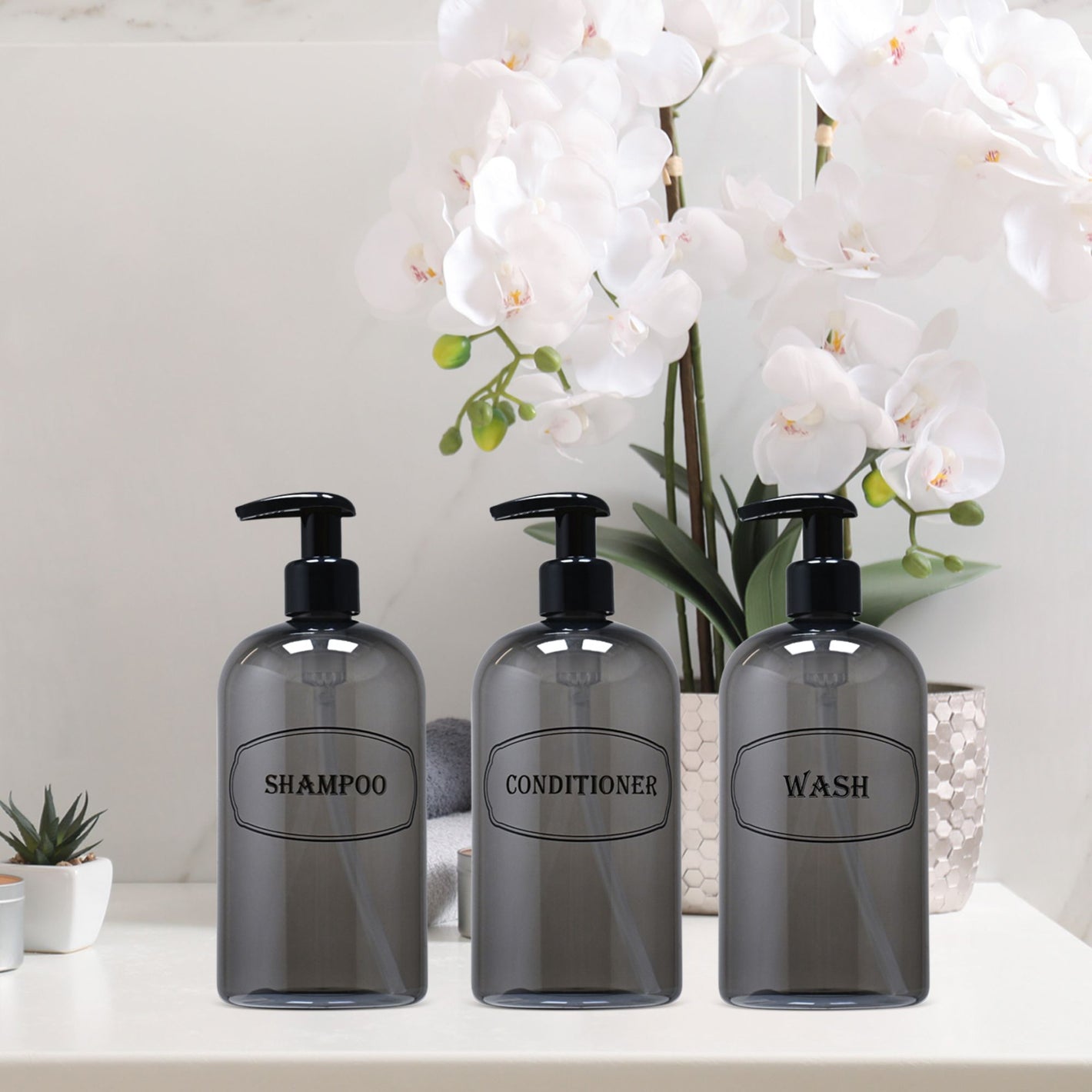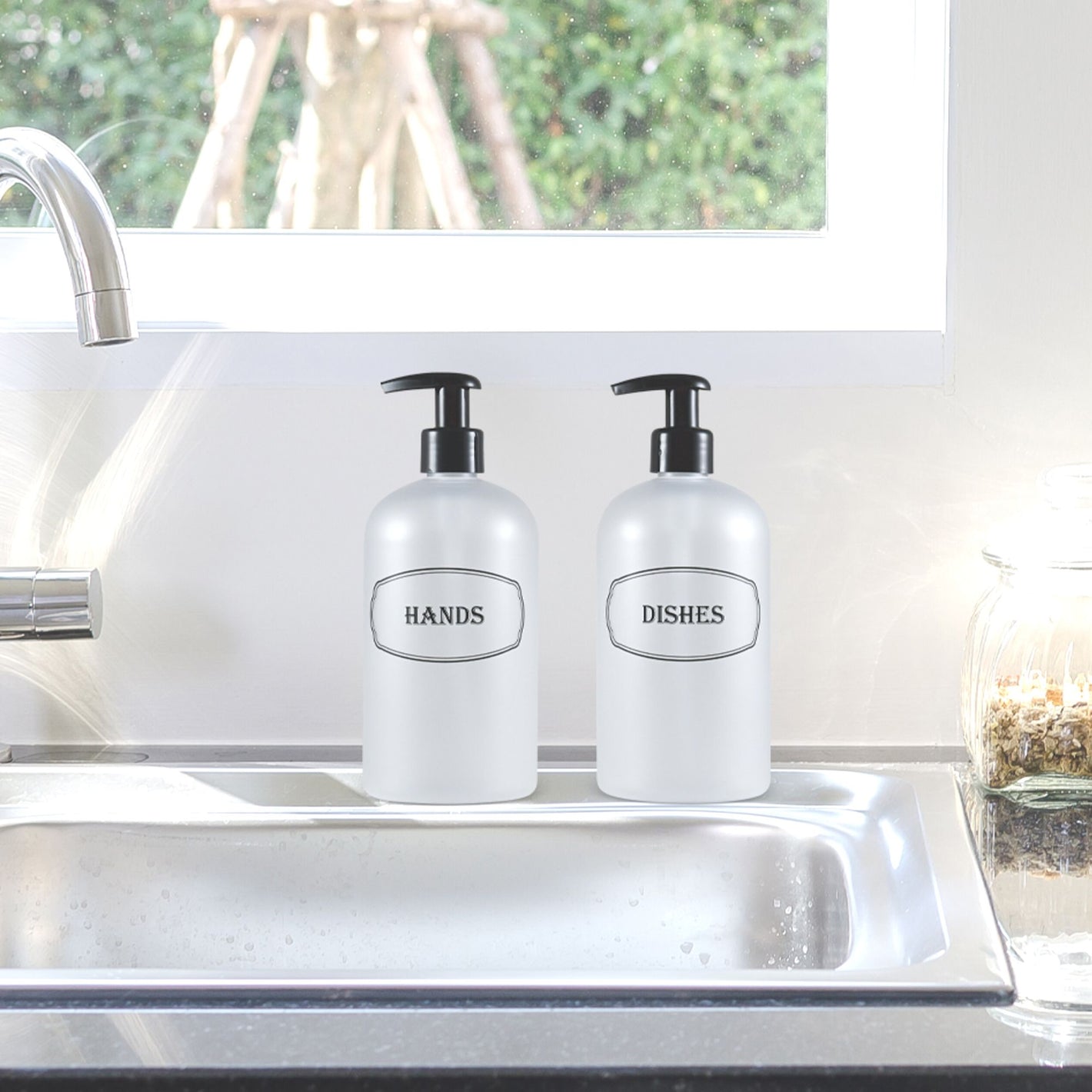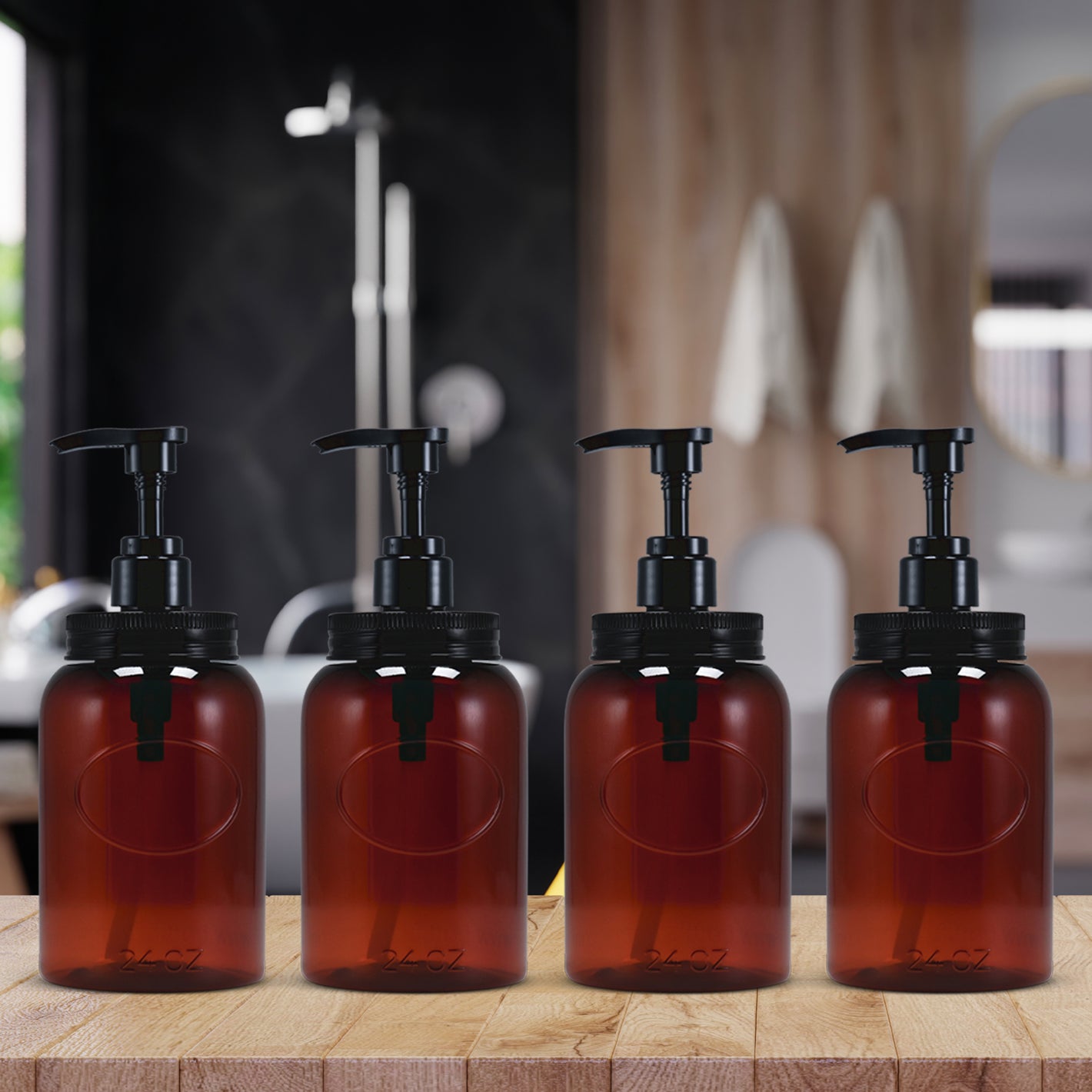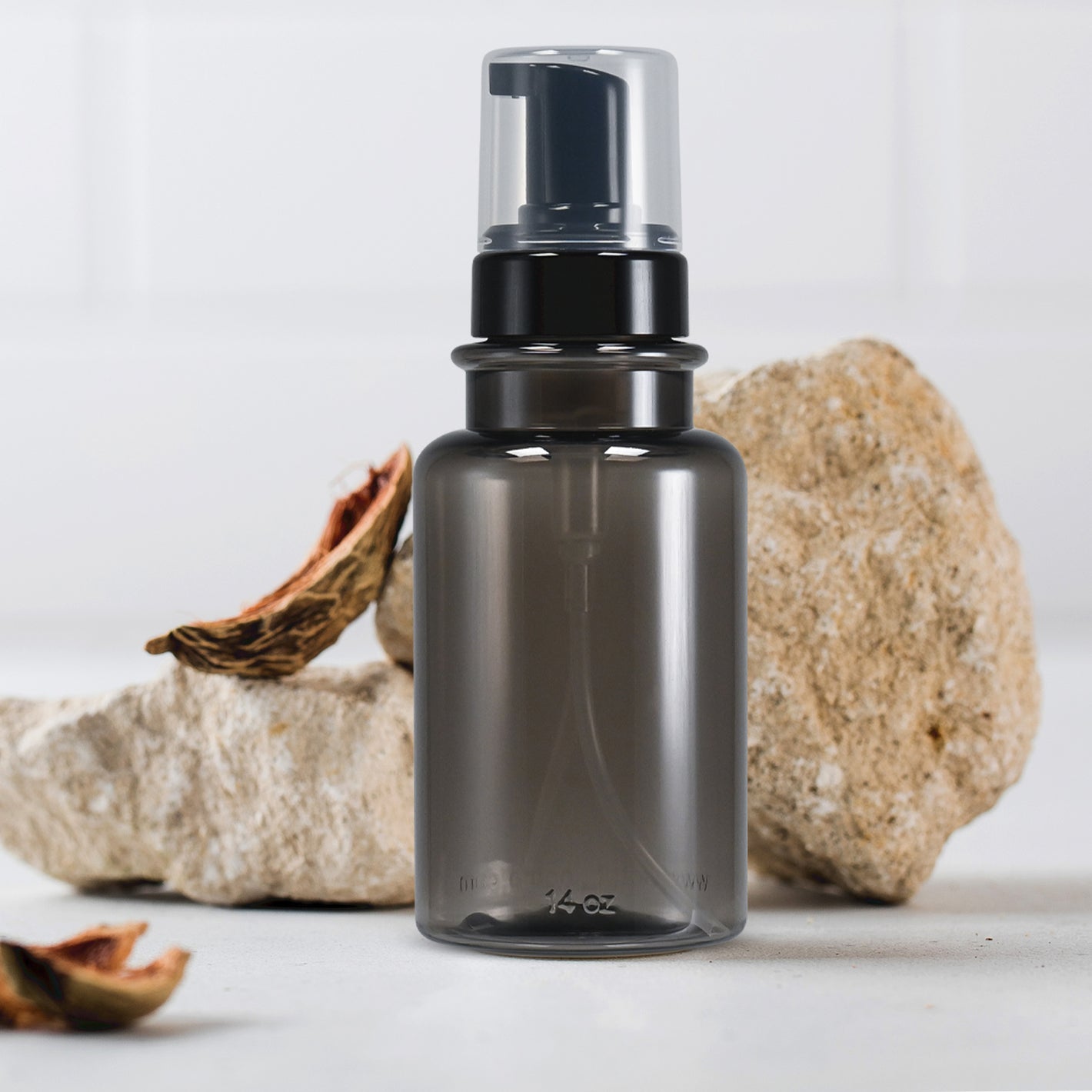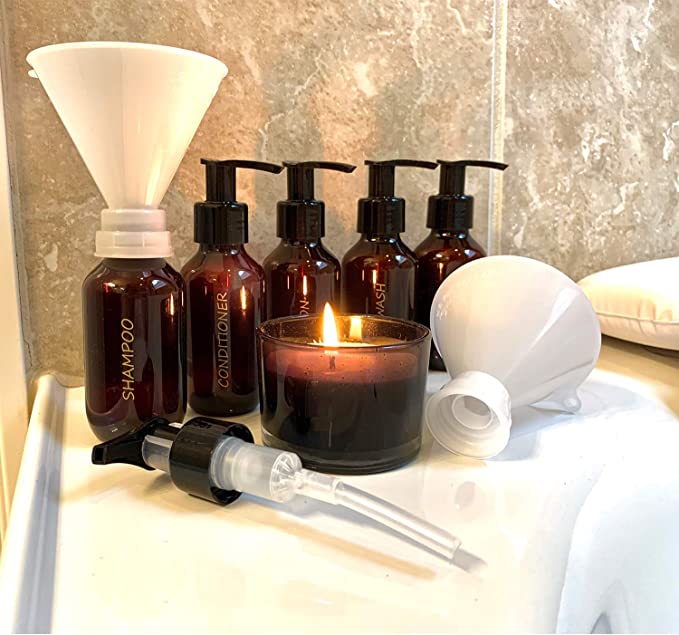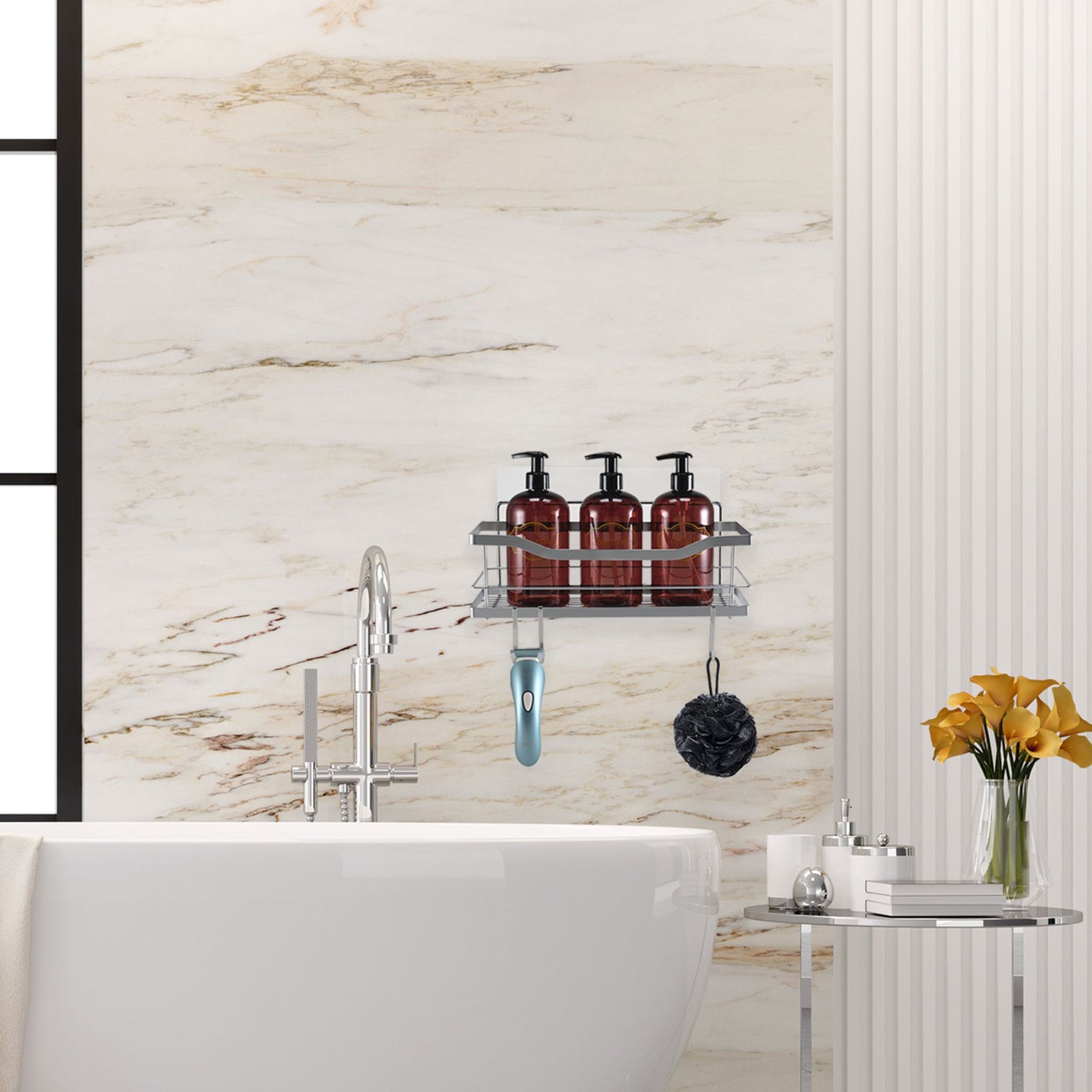Safe. Beautiful. Organized.
Refillable bottles to showcase your personal style. Bottiful Home to provide the expertise and innovation to turn liquid soap bottles into home decor you use every day!
How It Works
-
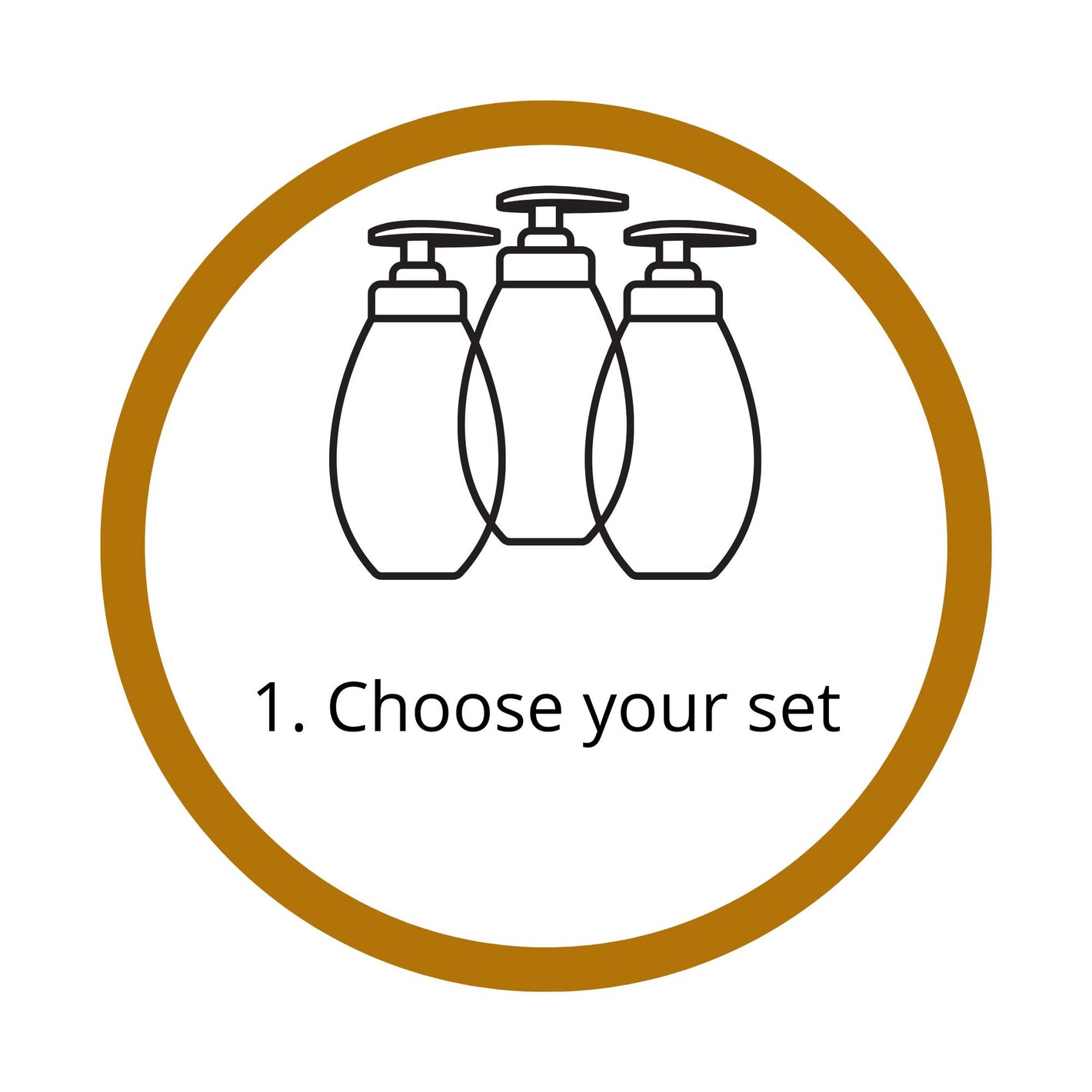
Choose Your Set
Whether you want 2 or 3 printed bottles, 4 unprinted bottles, wide mouth or foaming bottles, we've got you covered. Just decide what works best for you.
-
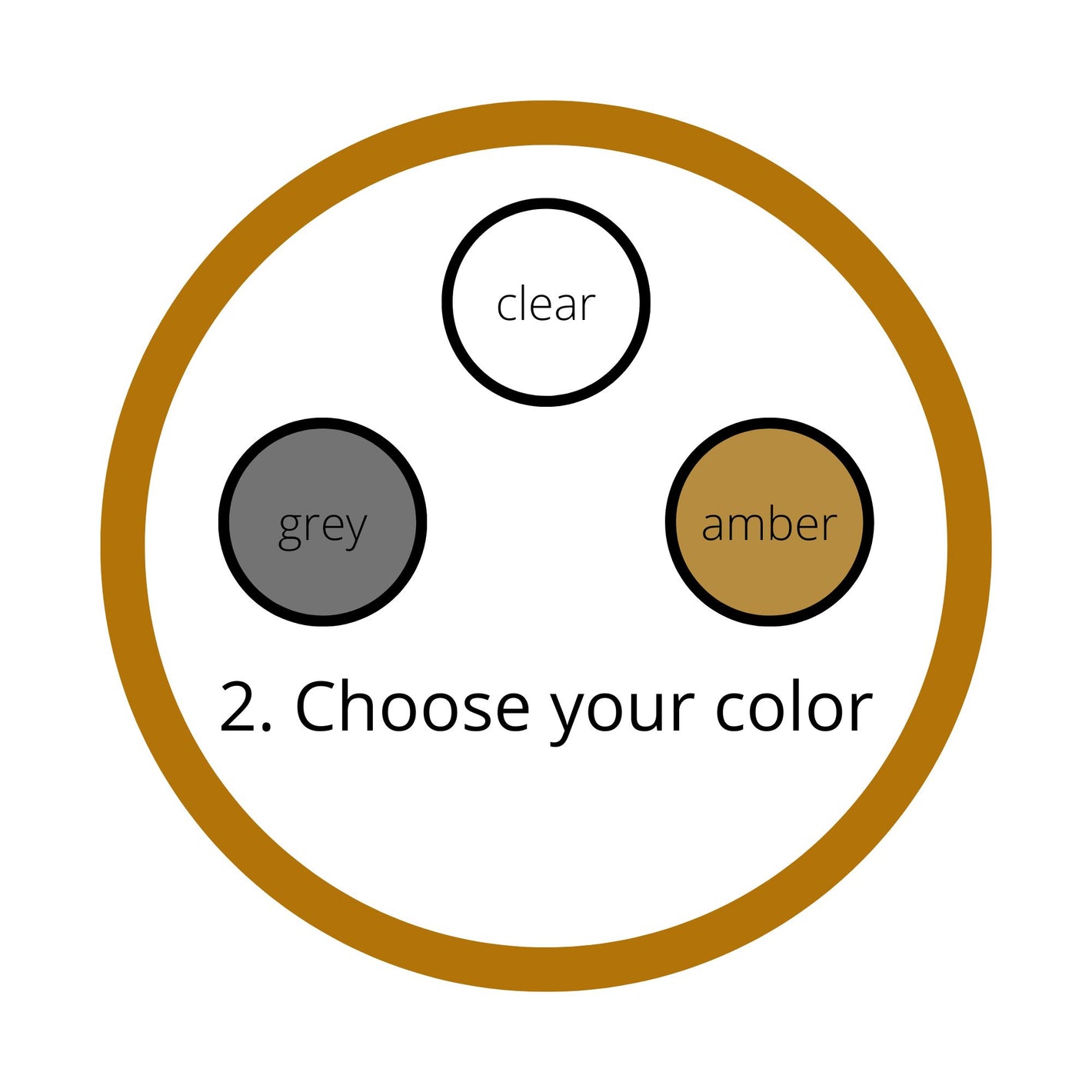
Choose Your Color
Most of our refillable bottle sets are available in 3 neutral color options, all designed to be neutral and coordinate with most styles of decor. You're sure to find a color you love.
-
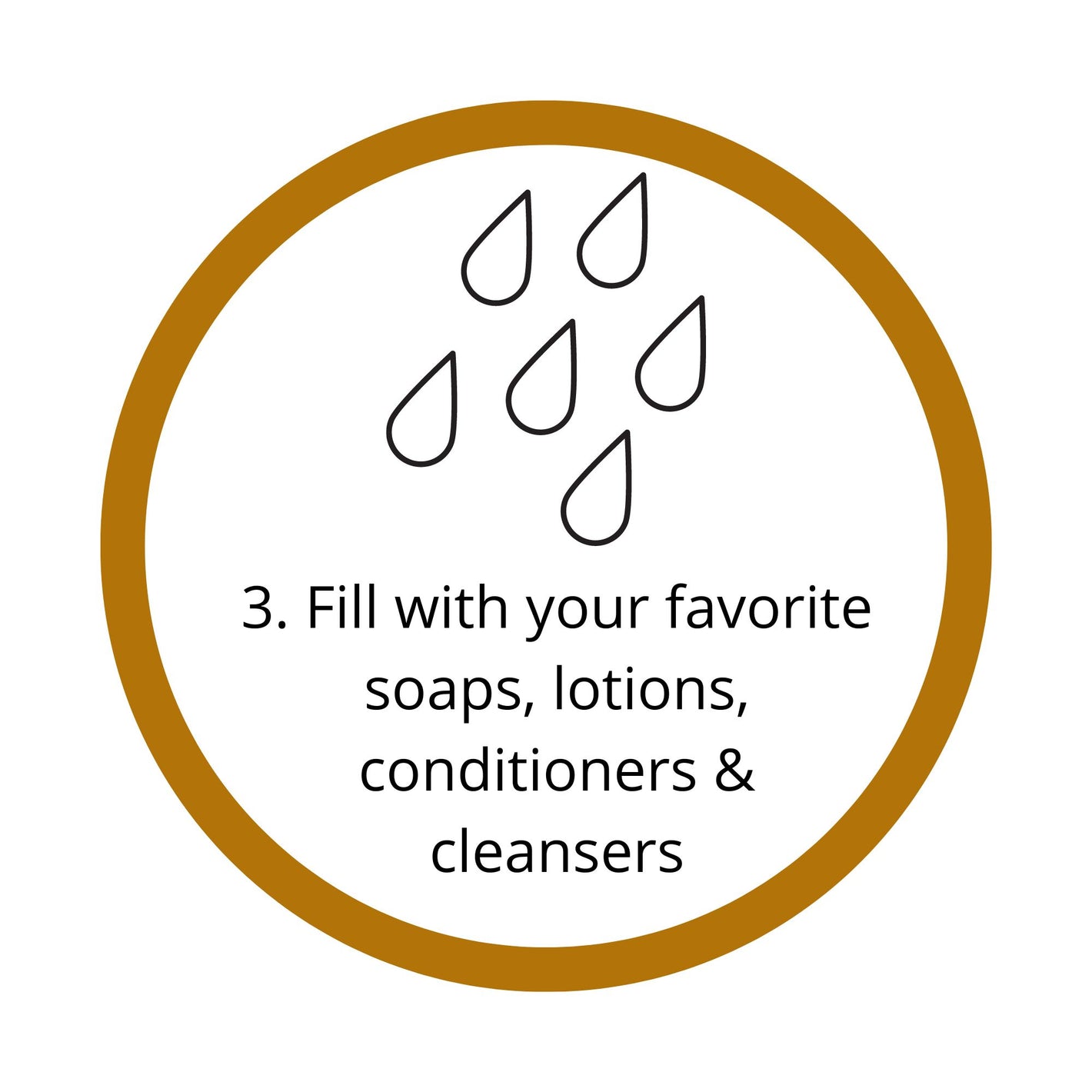
Fill and Refill
Fill your bottles with your favorite shampoo, conditioner, lotion, body wash, soap and other household liquids. Enjoy the beauty and ease.
Our Best Seller
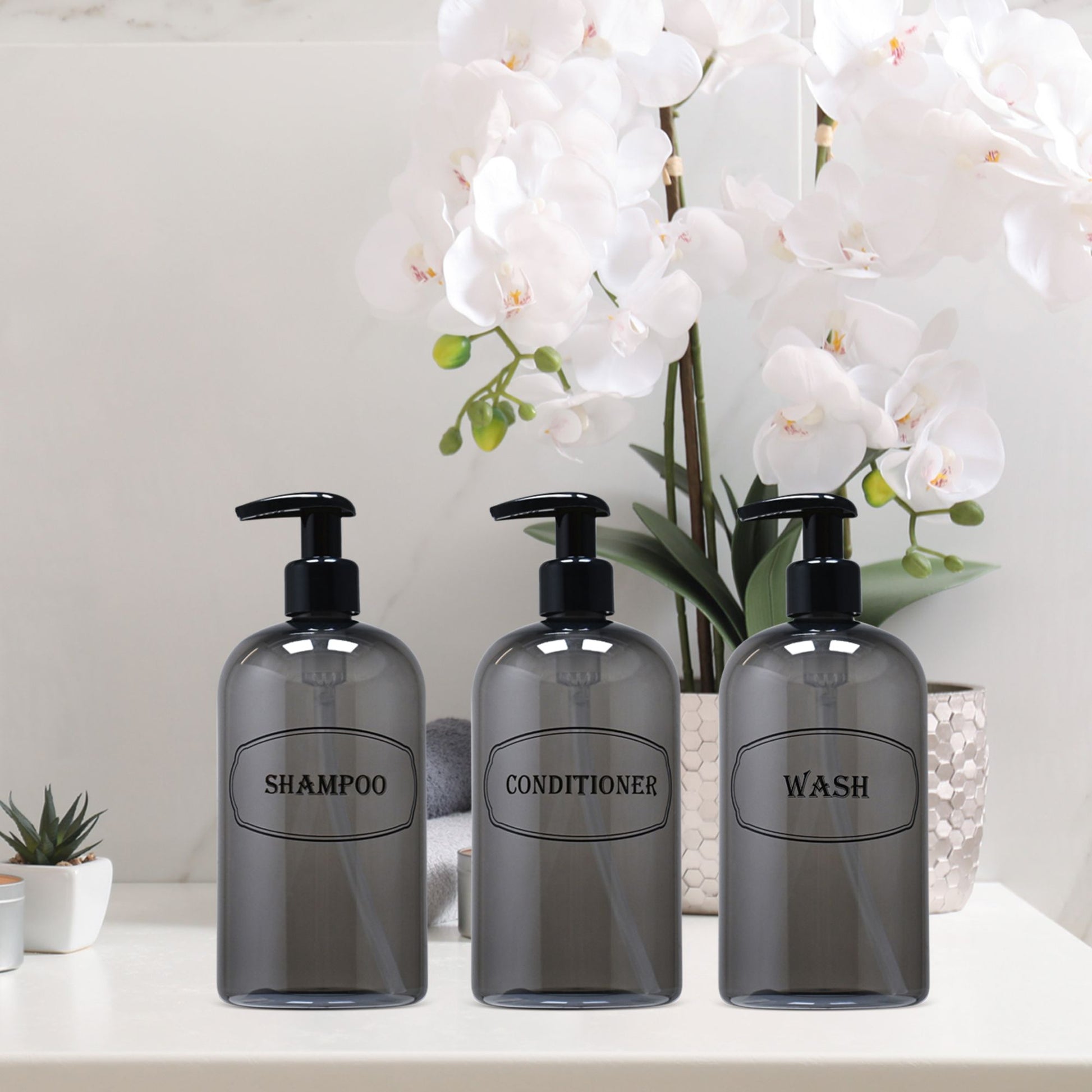
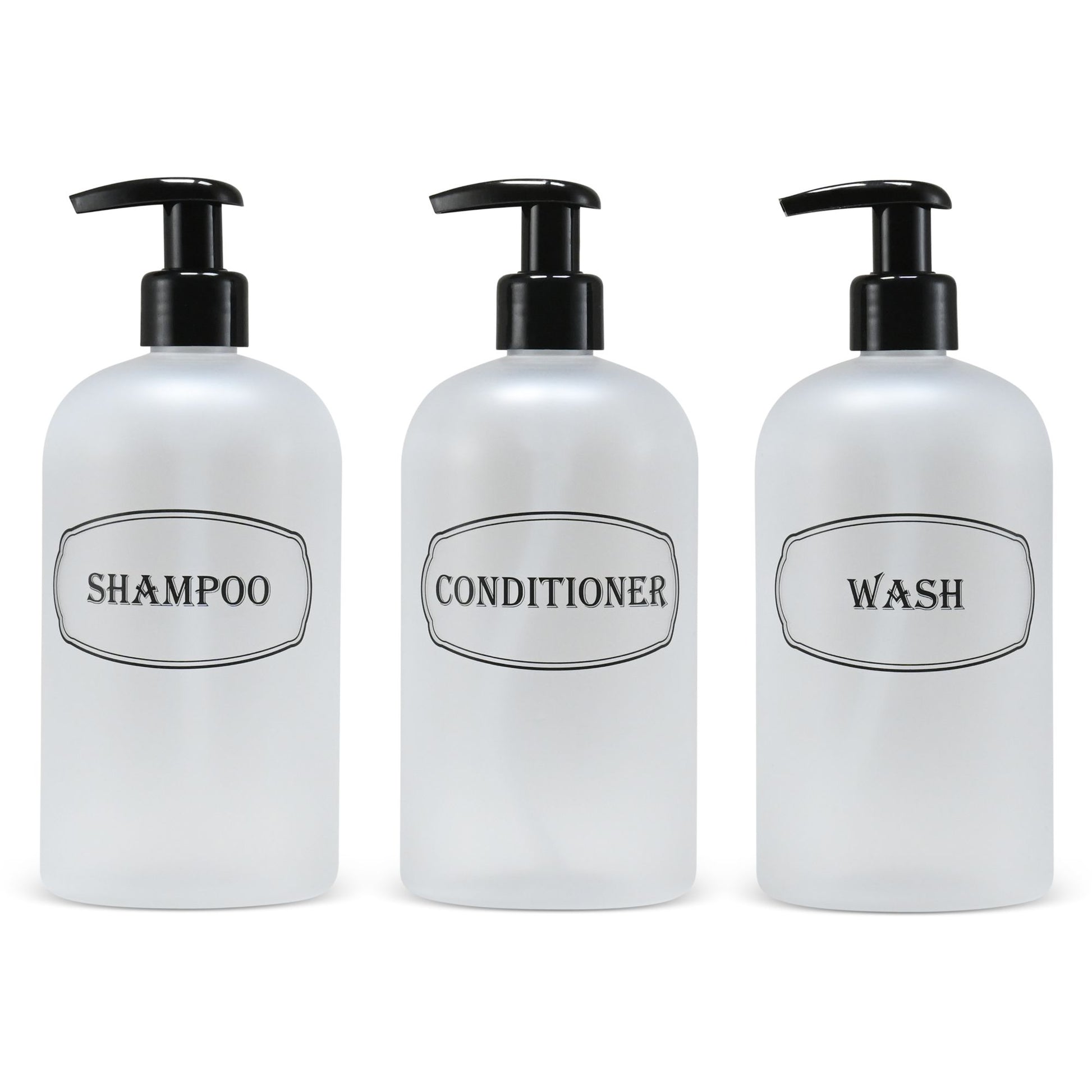
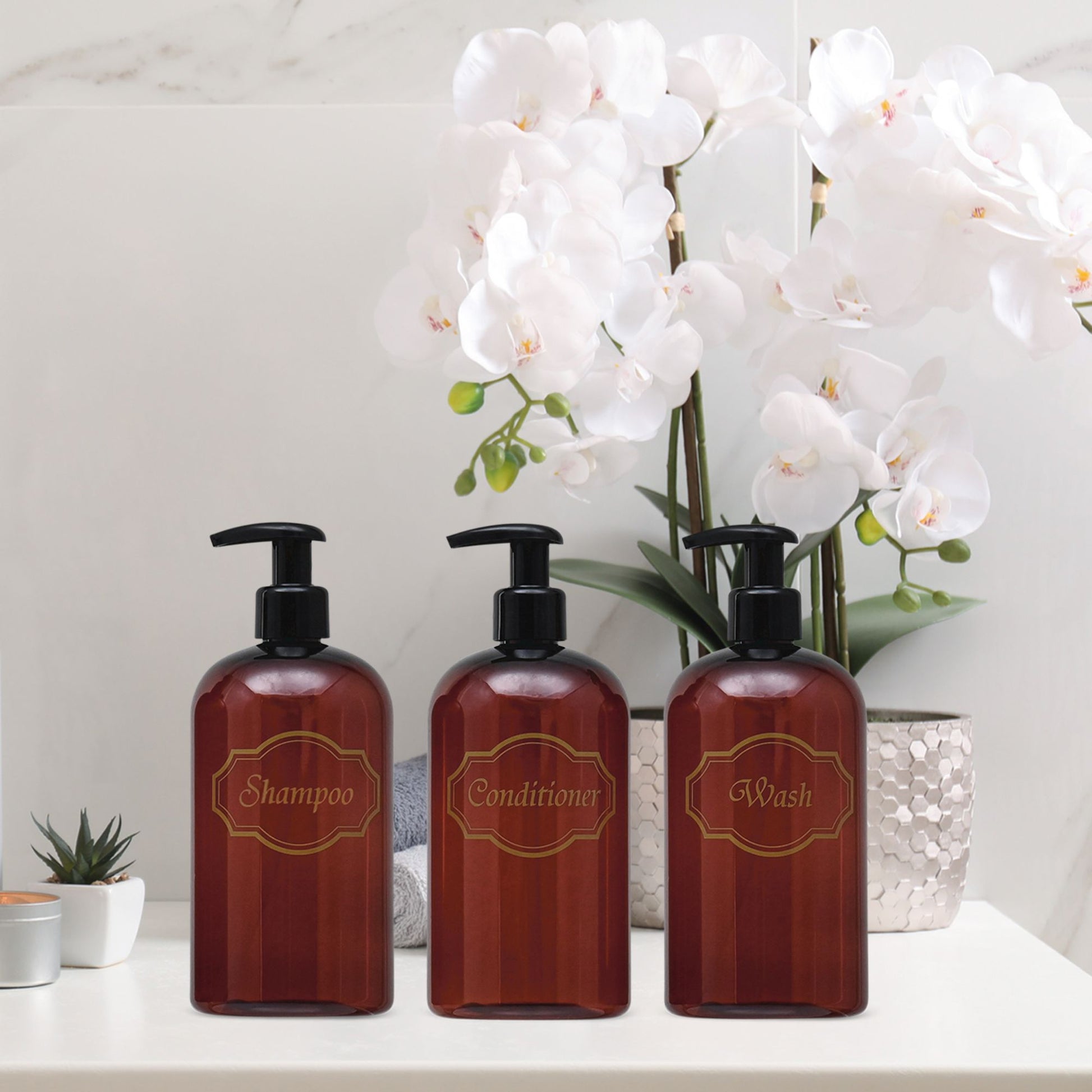
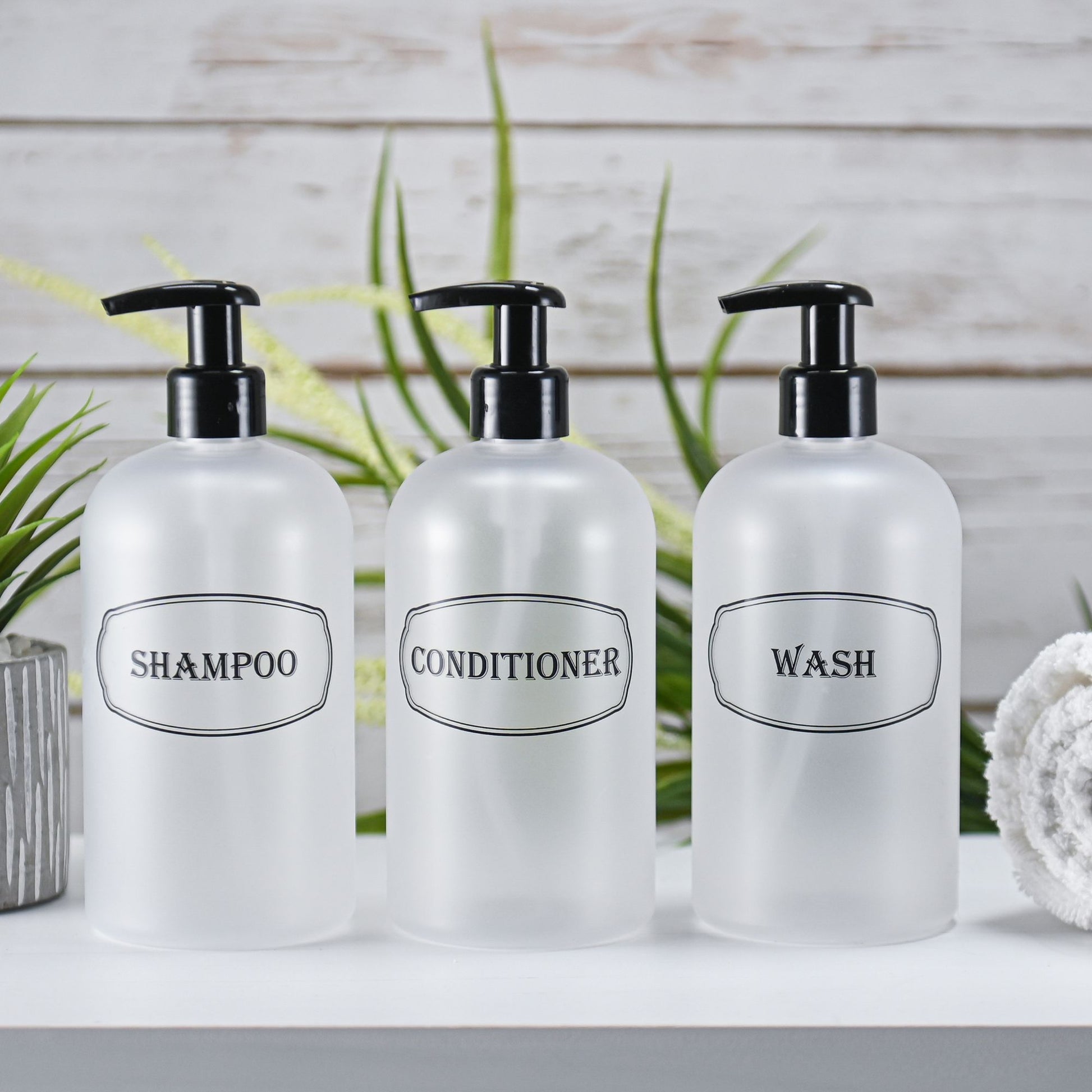
Bottiful Home
16 oz. Refillable Plastic Shampoo, Conditioner, Wash Shower Bottles with High-Viscosity Pumps
Share
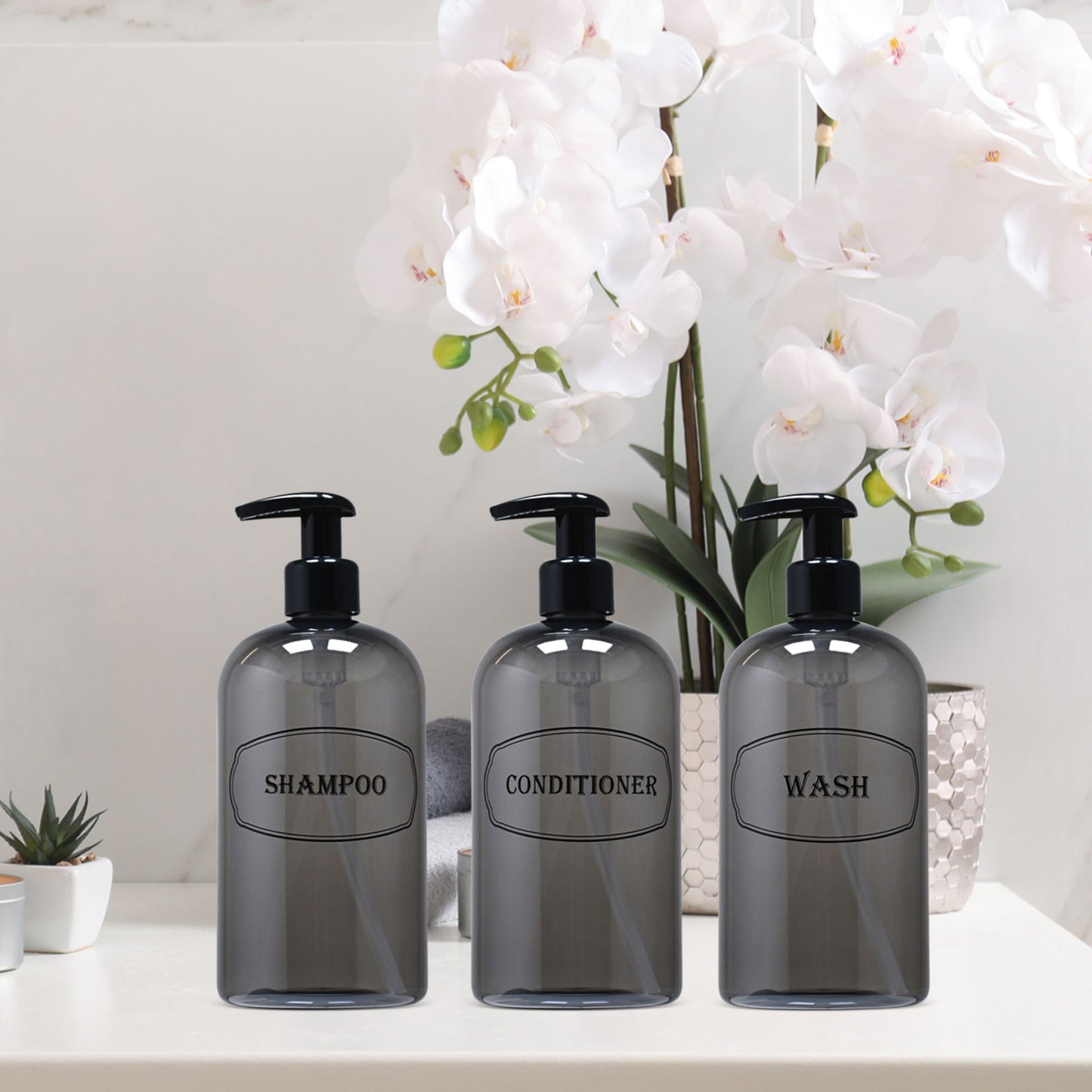
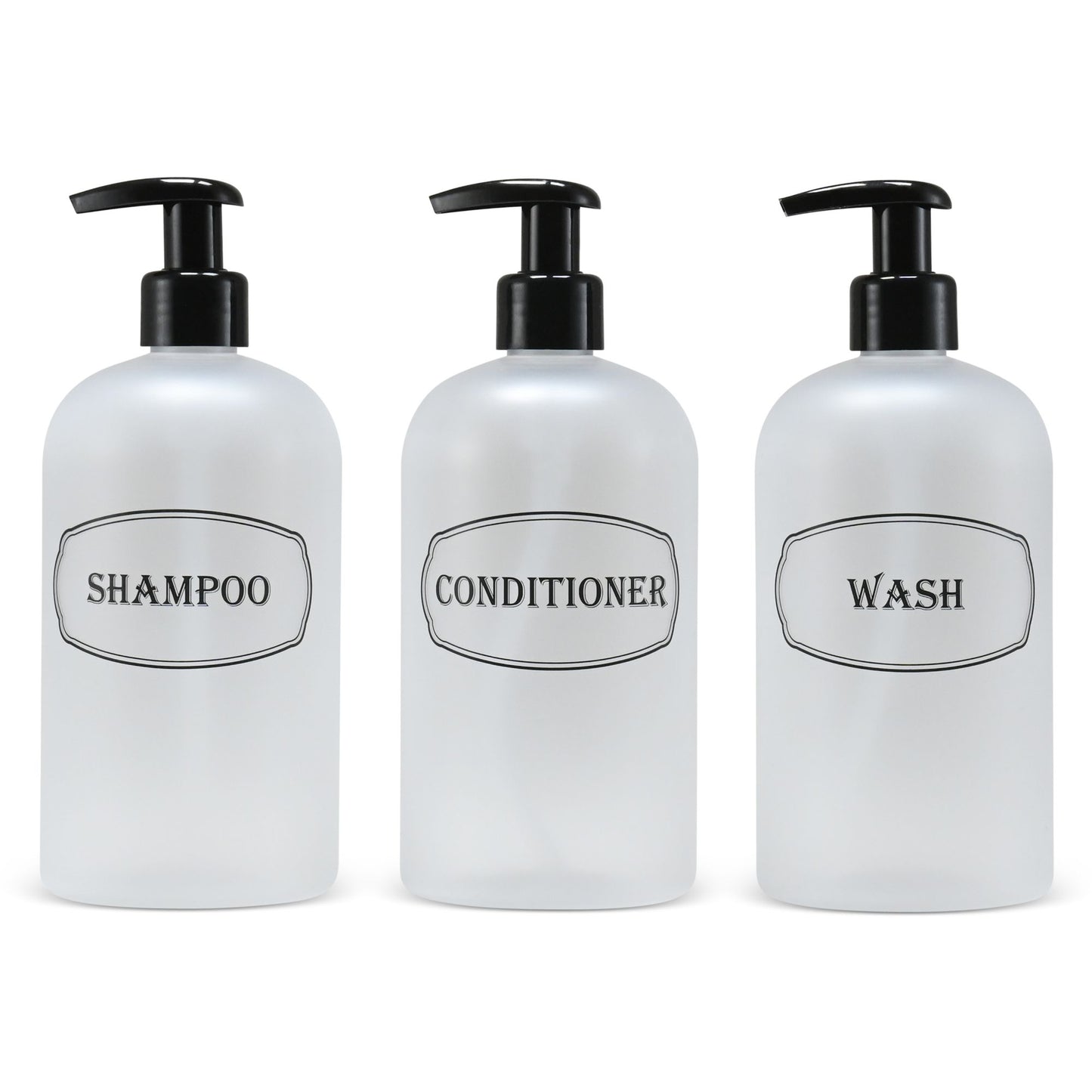
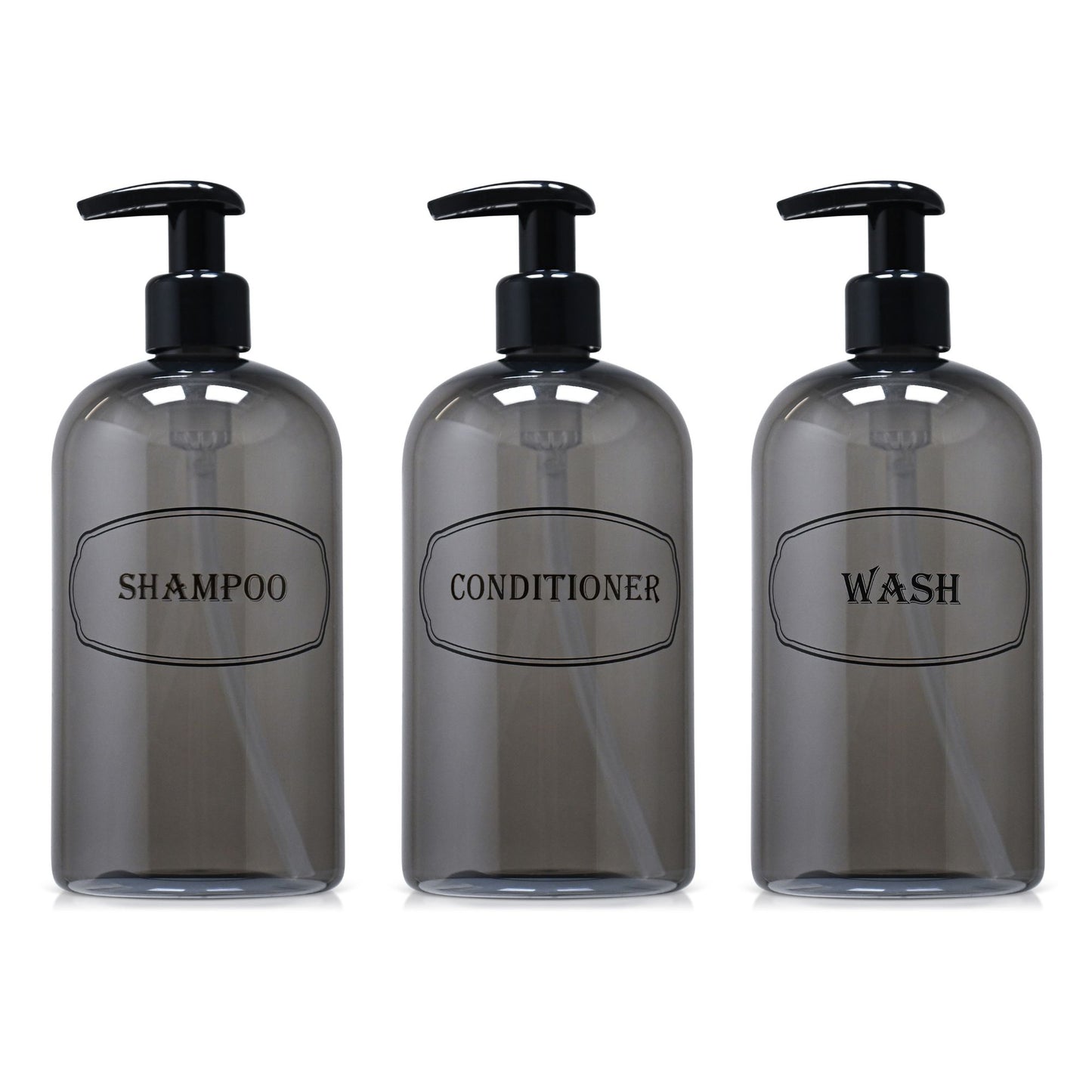

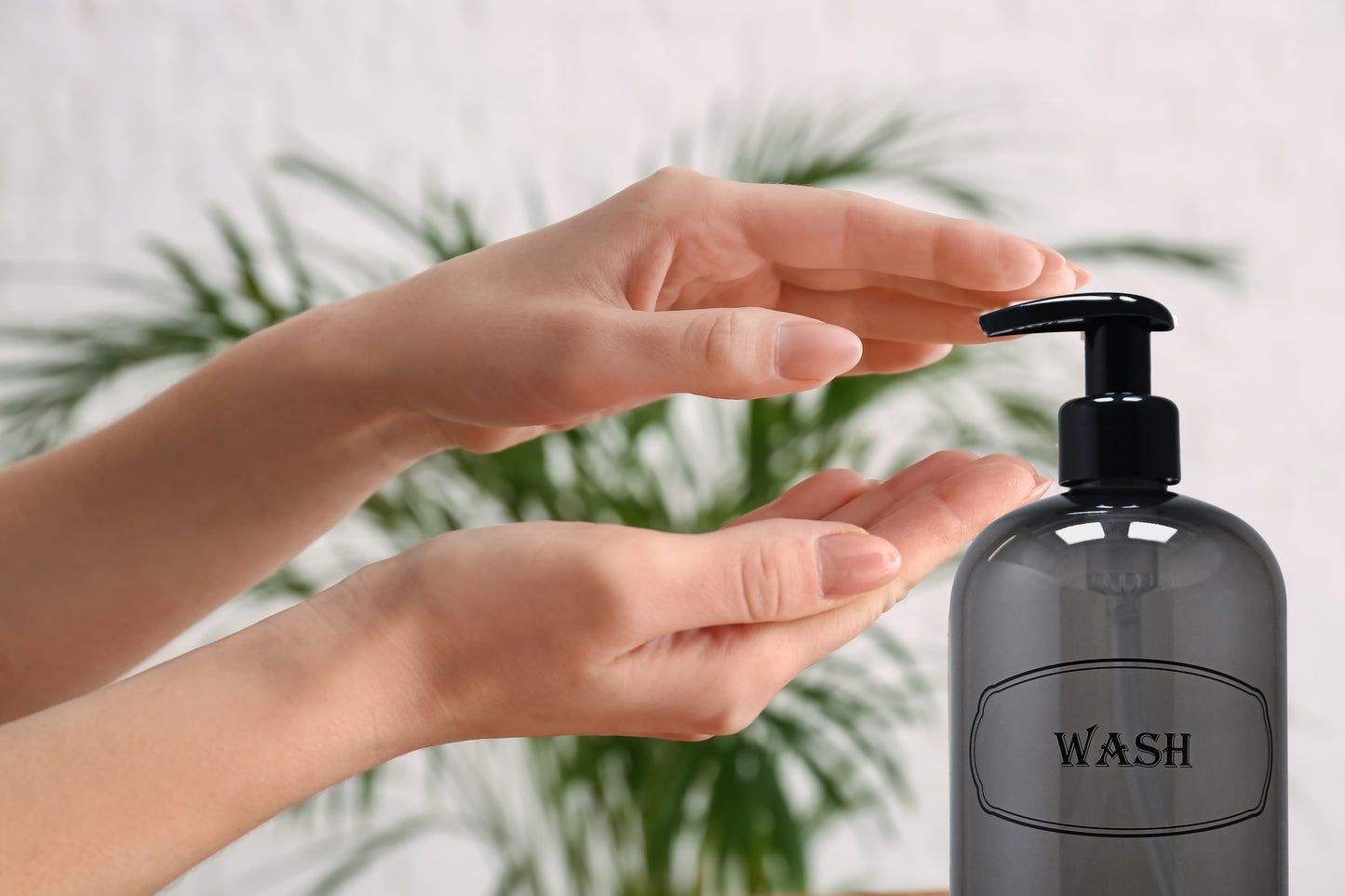
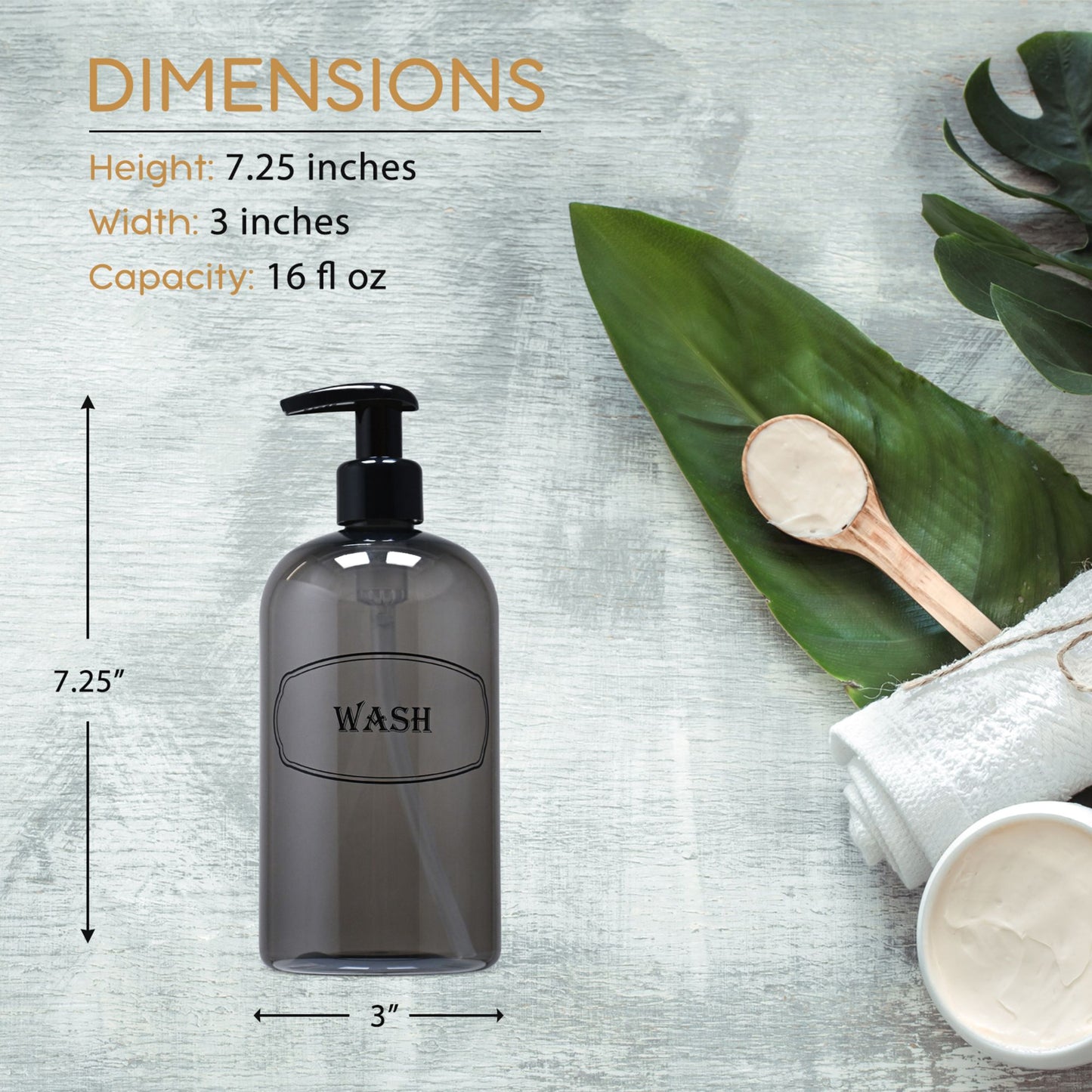
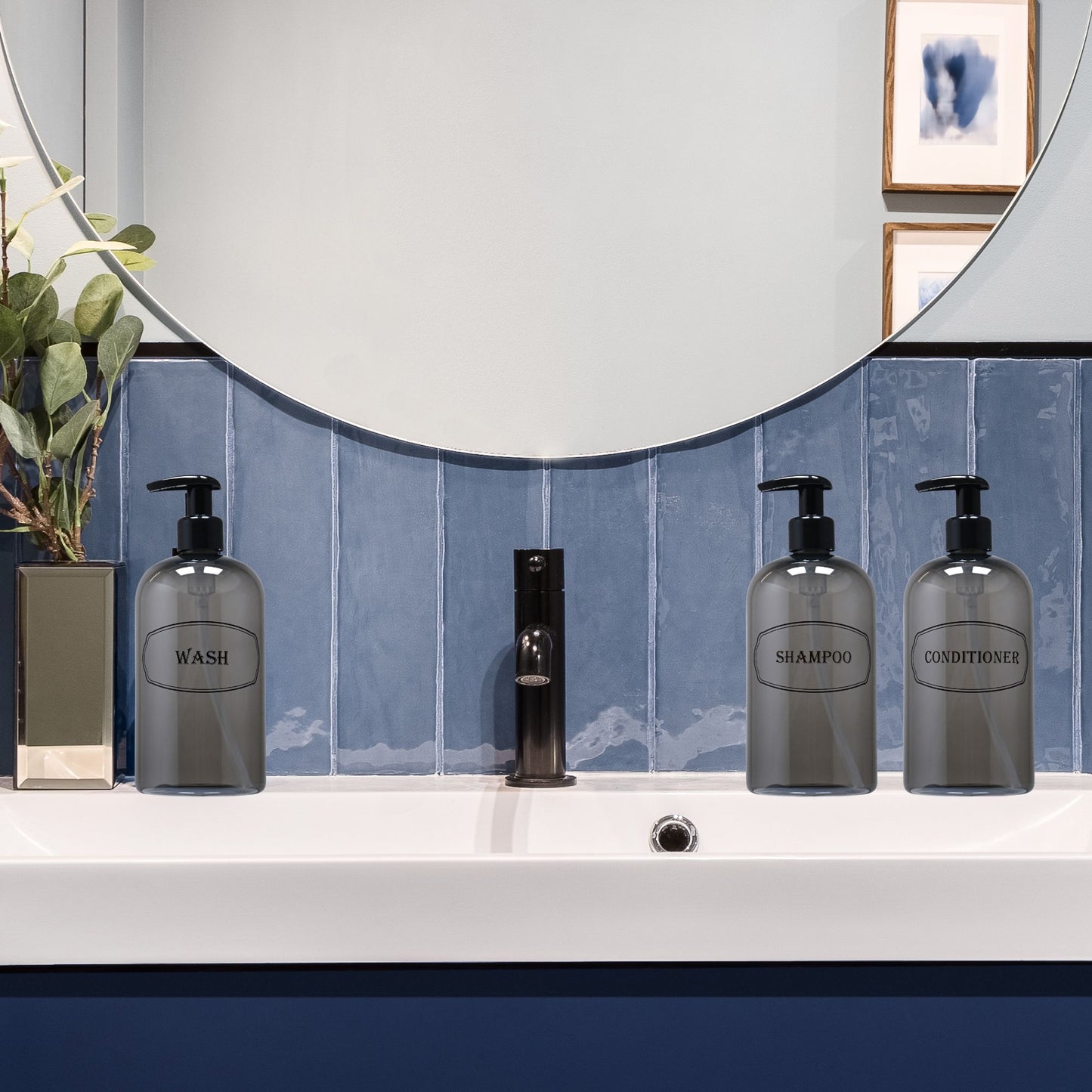
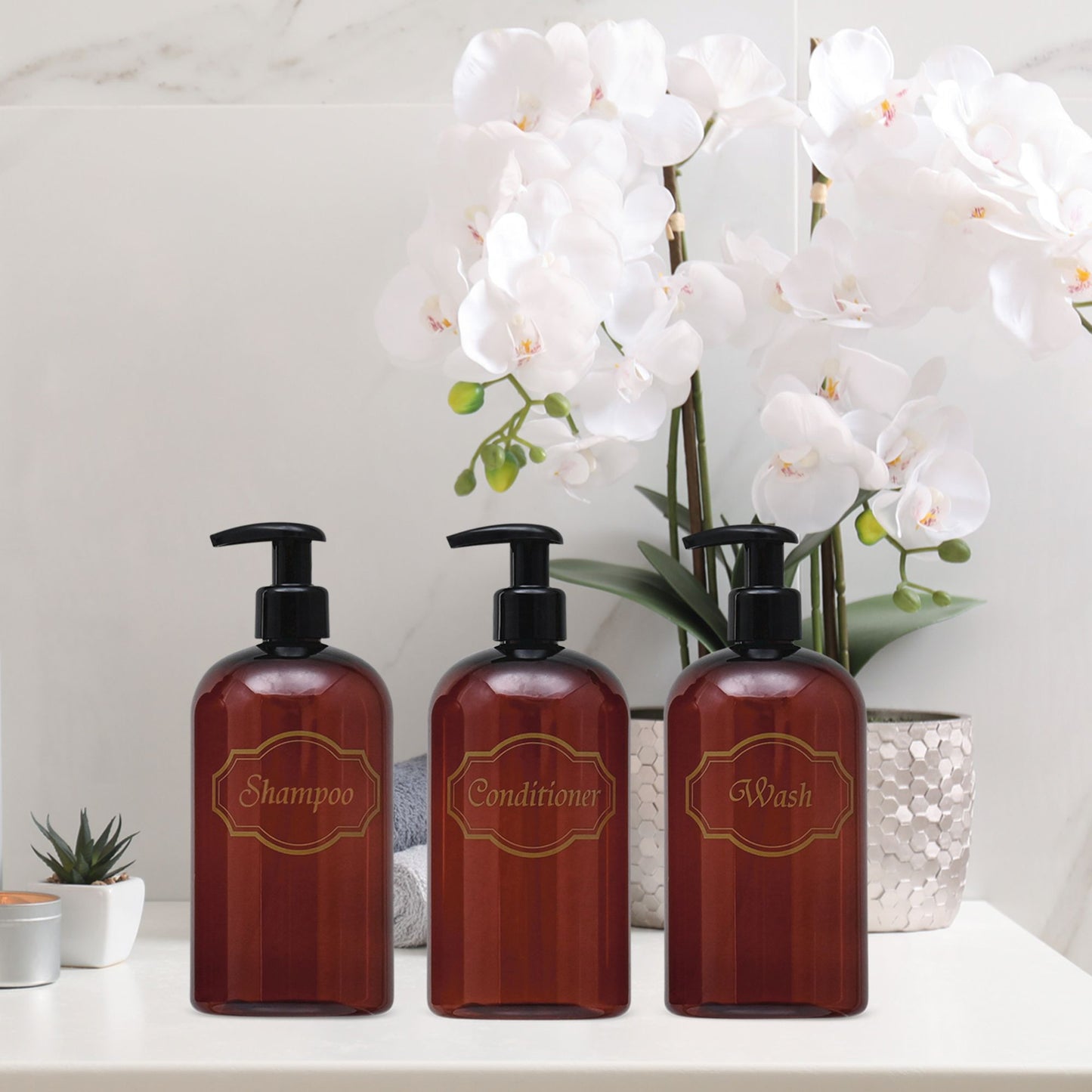
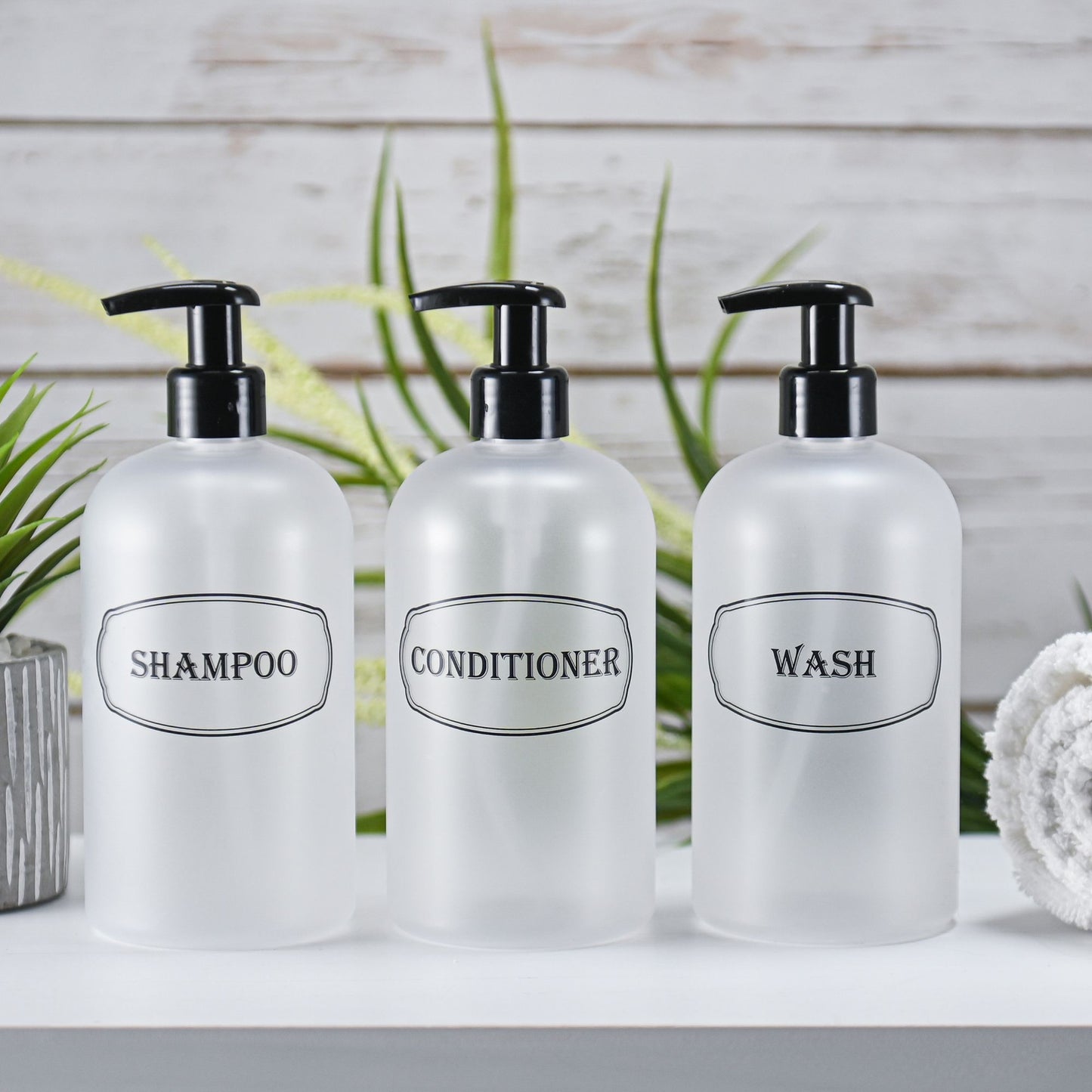


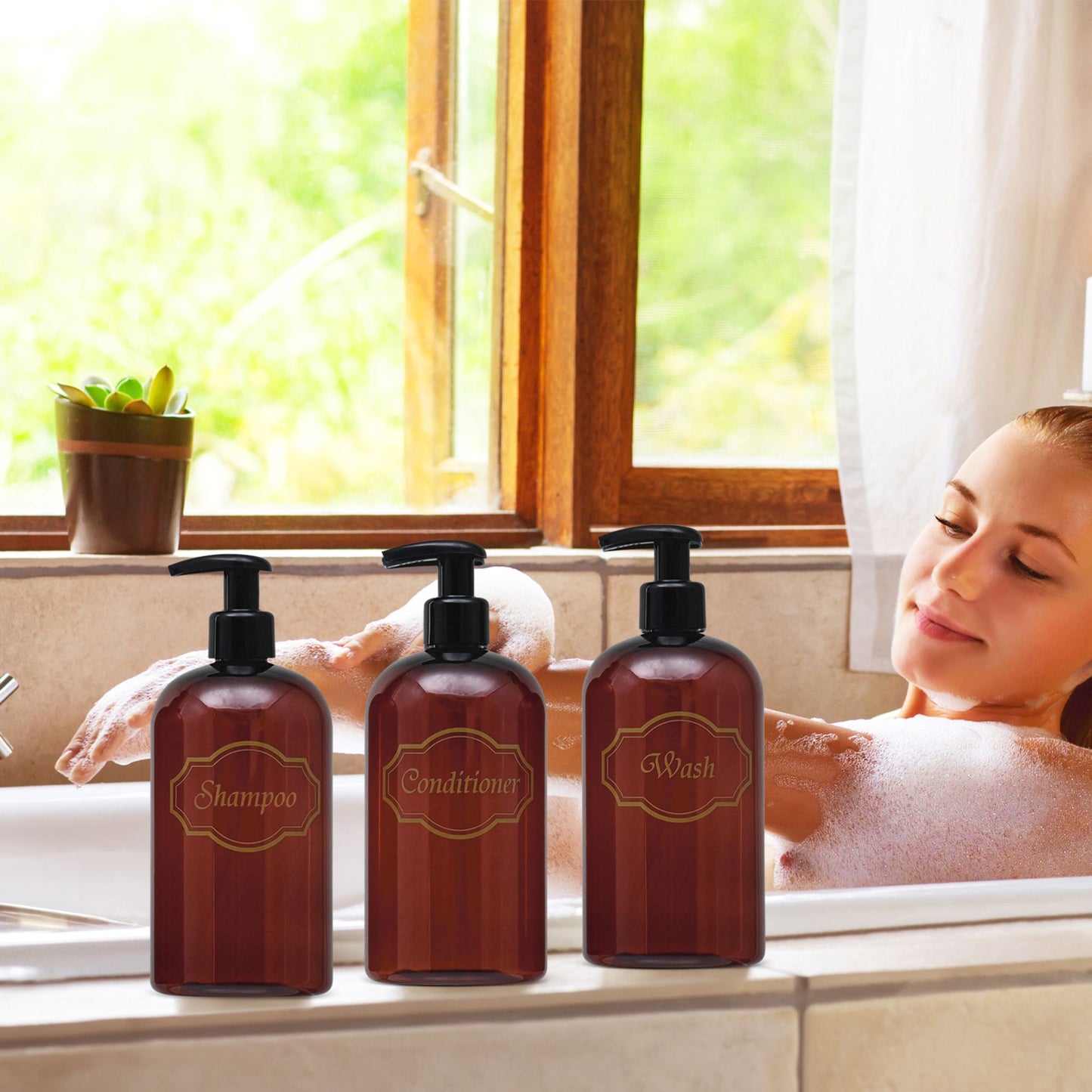
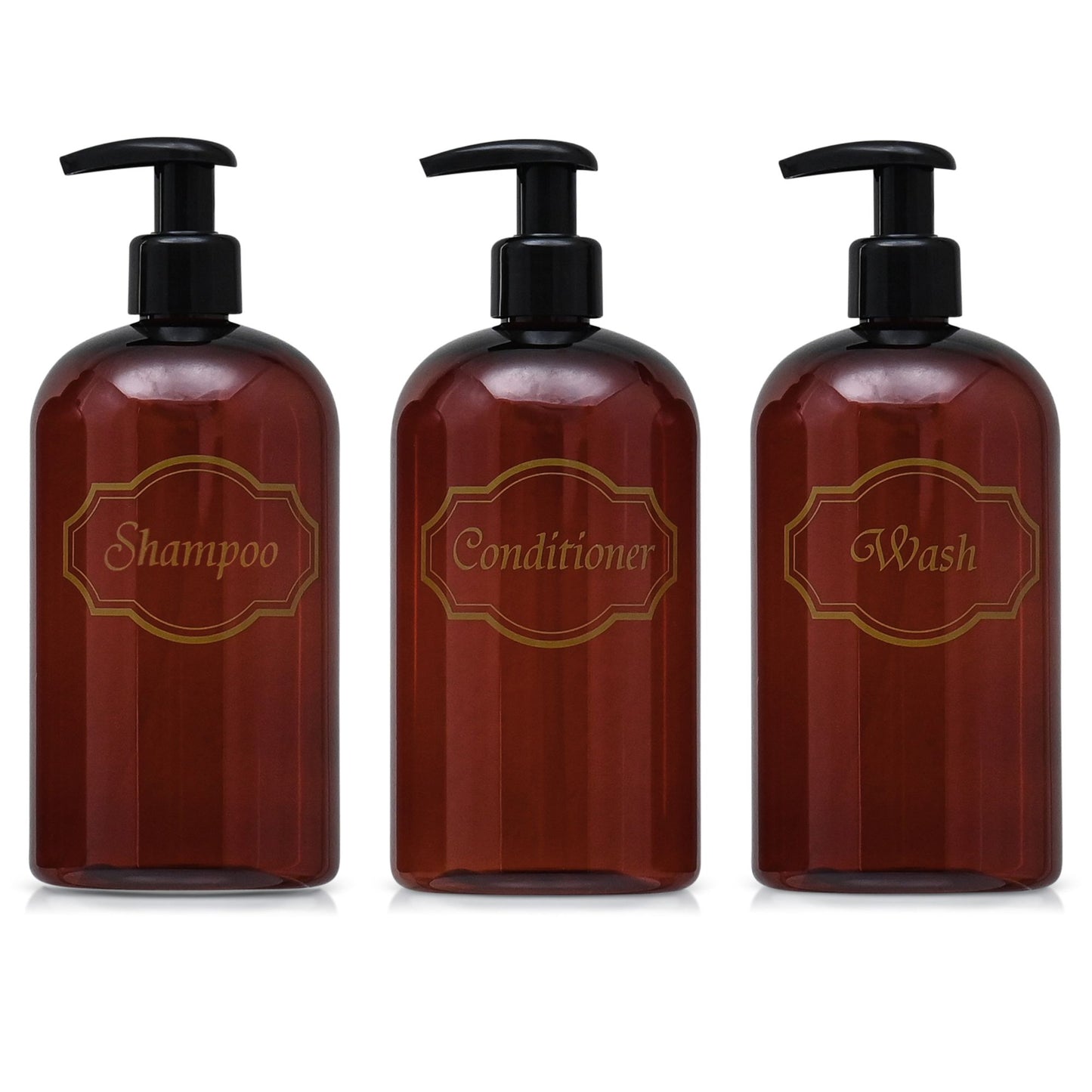
-

3 Neutral Color Options
Most of our refillable bottle sets are offered in 3 neutral color options to coordinate with any decor.
-

Years of Reliable Use
Buy liquids in bulk. Save the planet from excess plastic while getting years of reliable use from our refillable bottles.
-

Free Shipping $50+
Free shipping to anywhere in the United States when your cart totals $50 or more!

